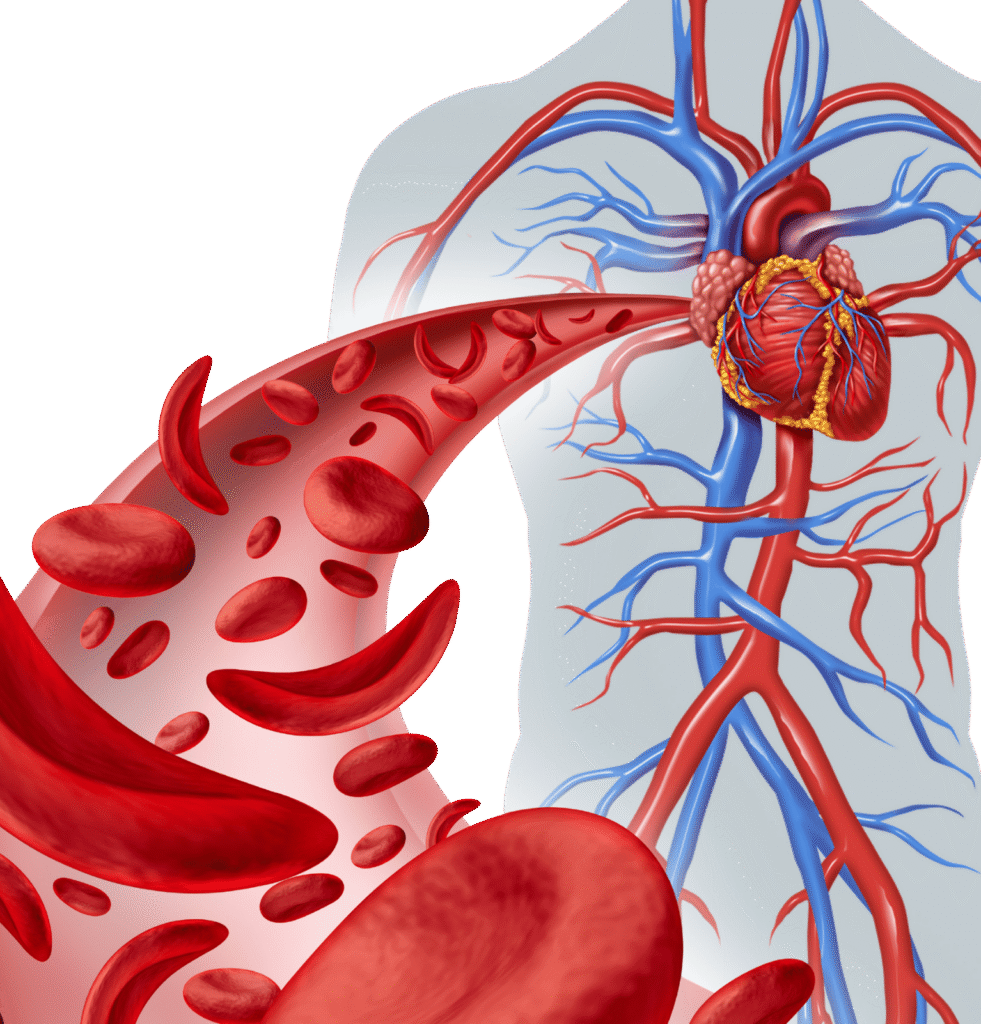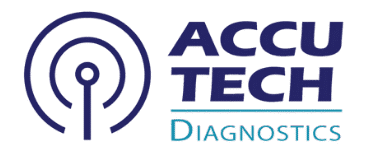Preimplantation Genetic Testing (PGT)
"Preimplantation Genetic Testing" (PGT) is a specialized genetic diagnostic procedure performed in conjunction with In Vitro Fertilization (IVF). It involves testing embryos for genetic abnormalities before they are implanted into the uterus. The goal is to select and transfer only healthy embryos, thereby increasing the chances of a successful pregnancy and the birth of an unaffected child.
Key Concepts of Preimplantation Genetic Testing
PGT offers a unique opportunity to prevent the transmission of genetic diseases or chromosomal abnormalities to offspring.
In Vitro Fertilization (IVF
PGT is only possible as part of an IVF cycle. Eggs are retrieved from the woman, fertilized with sperm in a laboratory, and the resulting embryos are cultured for a few days.
Embryo Biopsy
A few cells are carefully removed from the embryo (usually at the blastocyst stage, 5-7 days after fertilization) for genetic analysis. The embryo itself is not harmed and continues to develop.
Genetic Analysis
The biopsied cells are sent to a specialized genetic laboratory for testing.

Embryo Selection
Based on the test results, unaffected embryos are identified and selected for transfer into the woman's uterus. Affected or abnormal embryos are not transferred.
Types of Preimplantation Genetic Testing
PGT is categorized into three main types, each addressing a different class of genetic abnormality:
PGT for Monogenic/Single Gene Defects (PGT-M)
- Purpose: To identify embryos at risk of inheriting a specific single gene disorder when one or both parents are known carriers or affected.
- Conditions: Used for autosomal recessive disorders (e.g., Cystic Fibrosis, Sickle Cell Anemia, Tay-Sachs disease), autosomal dominant disorders (e.g., Huntington’s disease, Marfan Syndrome), and X-linked disorders (e.g., Fragile X Syndrome, Duchenne Muscular Dystrophy).
- Mechanism: Tests for the specific mutation(s) known to be present in the parents.
PGT for Chromosomal Structural Rearrangements (PGT-SR):
- Purpose: To identify embryos with an unbalanced set of chromosomes resulting from a parental chromosomal structural rearrangement (e.g., balanced translocation, inversion). Parents carrying such rearrangements are often healthy but have a high risk of producing embryos with too much or too little genetic material, leading to miscarriage or a child with severe abnormalities.
- Mechanism: Tests for aneuploidy (abnormal chromosome number) specifically related to the parental rearrangement.
PGT for Aneuploidy (PGT-A), formerly known as Preimplantation Genetic Screening (PGS):
- Purpose: To screen embryos for common chromosomal number abnormalities (aneuploidies), such as an extra or missing chromosome (e.g., Trisomy 21/Down Syndrome, Trisomy 18, Monosomy X/Turner Syndrome).
- Who it’s for: Primarily offered to couples with advanced maternal age (increased risk of aneuploidy), recurrent miscarriage, repeated IVF failures, or severe male factor infertility.
- Mechanism: Screens all 23 pairs of chromosomes.
- Note: While PGT-A aims to improve IVF success rates and reduce miscarriage, it does not test for specific genetic diseases.
The PGT Process:
The bone marrow produces too many of one or more types of blood cells. These are often considered chronic blood cancers.
The PGT Process:
- IVF Cycle: Ovarian stimulation, egg retrieval, and fertilization.
- Embryo Culture: Embryos are grown in the lab for 3-7 days, typically to the blastocyst stage.
- Biopsy: A few trophectoderm cells (which will form the placenta) are carefully removed from the blastocyst. The embryo is then frozen.
- Genetic Analysis: The biopsied cells are sent to a specialized lab.
- Methods: PCR, DNA sequencing, array comparative genomic hybridization (aCGH), or next-generation sequencing (NGS) are commonly used to analyze the DNA from the few cells.
- Results and Selection: The lab reports which embryos are genetically normal (euploid) or affected/unaffected by the specific condition being tested.
- Embryo Transfer: Only the selected, healthy embryos are thawed and transferred to the woman’s uterus in a subsequent cycle.
Advantages of PGT
- Reduced Risk of Inheriting Genetic Disease: Significantly lowers the chance of having a child with a specific genetic disorder.
- Increased IVF Success Rates (for PGT-A): By selecting chromosomally normal embryos, it can improve implantation rates and reduce miscarriage rates, especially in older women or those with recurrent IVF failures.
- Reduced Need for Prenatal Diagnosis: Can decrease the need for invasive prenatal tests like amniocentesis or CVS.
- Avoidance of Pregnancy Termination: For some couples, PGT helps avoid the difficult decision of terminating a pregnancy due to a severe genetic condition.
Limitations and Considerations
PGT represents a significant advancement in reproductive medicine, offering hope to couples at high risk of transmitting genetic conditions to their children.

Requires IVF
PGT is an invasive procedure for the embryo and is only available to couples undergoing IVF.
Not 100% Diagnostic
While highly accurate, PGT is not perfectly 100% accurate, and a small risk of misdiagnosis exists. Confirmation with prenatal diagnosis (CVS or amniocentesis) is often recommended.
Cost
PGT adds significant cost to an already expensive IVF cycle.
Ethical Concerns
Raises ethical questions regarding embryo selection and the potential for "designer babies" (though current PGT focuses on disease prevention).
Mosaicism
The presence of both normal and abnormal cells in an embryo (mosaicism) can complicate interpretation and decision-making.

